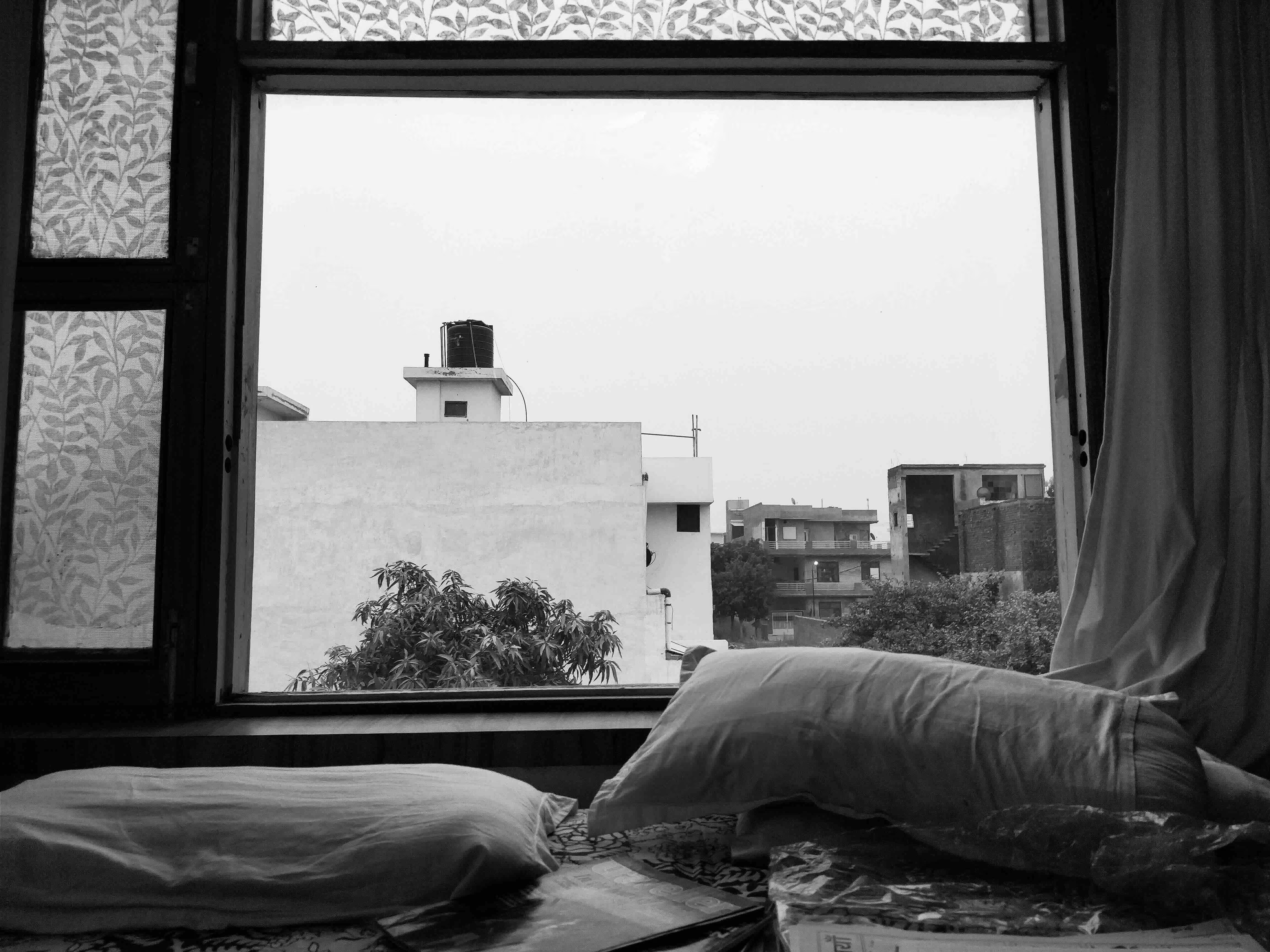.svg)
Blank Plots vs. Haunted Houses: Eight Years of Zoom‑Side Design
By Niya Prabhakar, professional observer of sawdust clouds and family WhatsApp deadlines

When most people hear “new build,” they picture a crisp white site office, a stack of permits, and all the possibilities in the world. Whisper “renovation,” and those same people picture my dad, a hammer, and a colourful bouquet of Hindi swear words. Both images are accurate—but only half the story I’ve spent the past eight years watching unfold through a laptop screen (mostly) and a cooling cup of chai.
Because Copper Crush, our family design‑build studio, never stops, I’ve become the remote client whisperer, spreadsheet herder, and resident social‑media snark. From that slight distance I’ve had the perfect laboratory—two very different beasts running on parallel treadmills: the Blank‑Canvas Build and the Renovation Rodeo.
Act I: The Blank‑Canvas Build
A pristine plot is architectural jazz—no sheet music, just riffs. The only rules are the footprint, municipal bylaws, and our collective imagination (plus the budget, but we’re all artists here, right?). Fresh construction lets us bake the cake to fit the filling we’ve already dreamed up: wall heights tall enough for a ten‑foot copper chandelier, hidden steel ready to shoulder a pigment‑rich fresco.
Of course, a blank page also stares back. When a client chirps, “Surprise me,” I have to conjure a story from thin air—no charming cracks in the plaster to riff off, no grandmother’s teak wardrobe begging for rescue. And new sites have a talent for morphing into mud‑wrestling pits the moment the monsoon sneezes.
Exhibit A: A plain double‑height wall went up and my mother declared it the perfect stage for a giant mosaic mural, one seamless sheet made from thousands of reclaimed wooden shards. Dad then had to out‑think gravity: temporary scaffolds and nerves of steel eased the massive panel into place, because one slip would have shattered weeks of joinery. Engineering that holds it up hides so neatly, that visiting guests assume the installation floated into place by willpower alone.
Act II: The Renovation Rodeo
If new builds are jazz solos, renovations are remix albums—layers of someone else’s melody begging for a fresh beat. An old bungalow arrives pre‑loaded with memory: sun‑bleached stone, arches that echo, staircases that look like they tell ghost stories after midnight. Instant narrative, sustainability halo, and clients who love bragging about both.
But old walls keep secrets—and they charge for the reveal. More than half of renovations blow their budgets thanks to “surprises” (read: crumbling pipes, alien wiring, or the occasional beehive). Timelines stretch like melted cheese. Design freedom narrows to whatever the structure—and the local heritage committee—will tolerate.
Exhibit B: We once initially promised a “light cosmetic uplift” to a 90‑year‑old bungalow in Kanpur. A surveyor’s tape missed the mark by ninety millimetres on day one; we noticed only after every bespoke console and credenza showed up too big to turn a corner. One innocent error ballooned into what felt like a million micro‑resizings, carpenters shaving legs and redrilling hinges while I rewrote delivery dates and swallowed my pride.
Choosing Which Beast to Pet
1. Narrative Scope – If the client needs a one‑act play, we refurbish. If they want an opera, we start from soil.
2. Budget Certainty – New builds blow budgets by choice; renos blow them by nasty surprise. Pick your heart attack.
3. Art Placement – Our murals forgive cracks; our chandeliers do not forgive low ceilings. Physics wins every time.
4. Timeline – New builds crawl then sprint; renovations sprint then crawl. I check the client’s patience reserves before unleashing either.
New sites are pure potential and high stakes; renovations are memory‑soaked puzzles waiting for a remix. Both can be masterpieces, both can tank, and both are infinitely more fun when you treat the space like a canvas and the client like a co‑conspirator. And if all else fails, follow the family motto I learned between Wi‑Fi dropouts: measure twice, install once, and think before you hit send.
